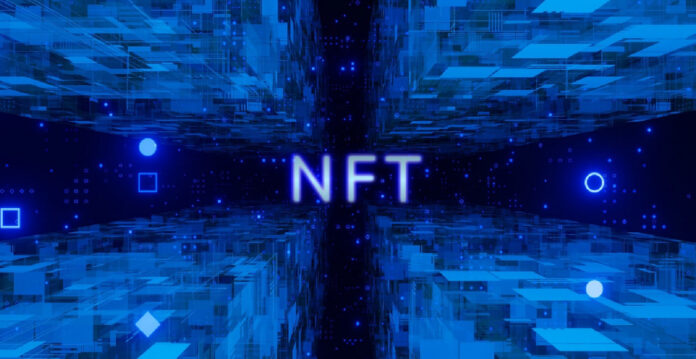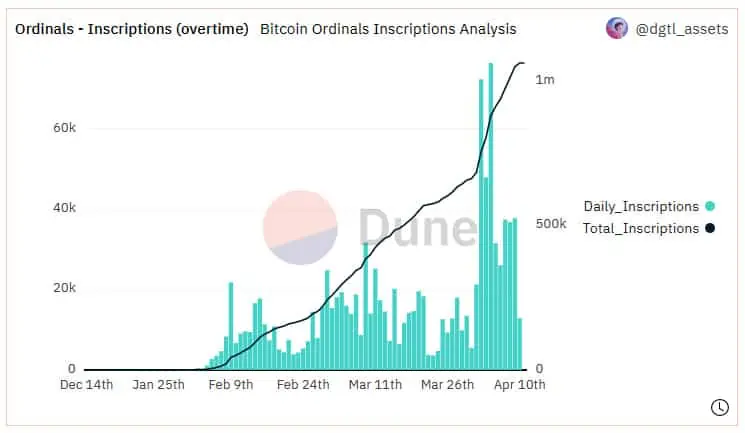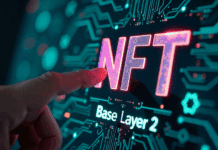
The Ordinals NFT protocol has registered a total of 1.063.570 registrations on the Bitcoin blockchain since its launch on January 21.
In less than three months, there have been more than 1,06 million signups on Bitcoin’s Ordinals NFT protocol, which allows users to stake digital assets on the blockchain network using satoshis (sats), the smallest unit of Bitcoin.
Data from the Dune Analytics platform shows the impressive growth that the protocol designed by software engineer Caser Rodarmor has experienced in its few months of life.
Last week, an average of 72.000-76.000 ordinals were registered on the Bitcoin blockchain, although at the time of writing, the number of registrations on the protocol has decreased considerably, standing at around 37.700 daily registrations.

170 bitcoins in Ordinals fees
Total transaction fees paid for the registration or minting of Bitcoin Ordinals reached a new all-time high of 170,5 bitcoins, valued at approximately $5,1 million USD.

Today, major NFT collections such as Bored Ape Yacht Club, based on the Ethereum blockchain, have been cloned and now exist on the Bitcoin network. In fact, at the beginning of March, the company responsible for the development of this crypto collection, Yuga Labs, announced the launch of its first collection of NFT tokens on the Bitcoin blockchain through the Ordinals protocol.
Yuga Labs’ first Bitcoin collection, titled “TwelveFold,” was an experimental generative art project of 300 pieces minted in satoshis that, as the company clarified, will not have any future use or be related to its other NFT projects or its Metaverse. Still, TwelveFold generated a sales volume of more than $16 million.
What is the Ordinals protocol?
The Ordinals protocol, created by Caser Rodarmor, aims to facilitate the tokenization and interoperability of digital assets on the Bitcoin network, taking advantage of the security and decentralization of the market-leading cryptocurrency.
Users can inscribe any type of digital asset or file, such as images, videos, utility tokens, digital collectibles, certificates, or smart contracts, into satoshis via a Bitcoin transaction. Each inscription on the protocol generates a unique ordinal that identifies the asset and makes it traceable and verifiable on the blockchain.
Ordinals can also be transferred, exchanged or burned according to the rules of the protocol. According to Ordinals developers, this protocol opens up new possibilities for innovation and adoption of digital assets in the Bitcoin ecosystem.
Segwit and Taproot, pillars for Bitcoin's NFT protocol
Ordinals is based on the Bitcoin, Segwit and Taproot updates, two of the most important ones that the blockchain network has received, focused on improving the functionalities of its smart contracts.
Segwit is an upgrade that was implemented in Bitcoin in 2017 to reduce transaction sizes and increase network capacity. On the other hand, Taproot is an update that was activated in November 2021 to improve the privacy, efficiency and security of complex Bitcoin transactions.
Both updates use Schnorr signatures, a type of cryptographic signature that is faster, more secure and more flexible than previous ones.
Rodarmor’s protocol, Ordinals, is an example of how Bitcoin can innovate and adapt to market needs, without compromising its principles of decentralization, security and transparency.
Continue reading: Bugatti and Asprey collaborate to launch NFTs on the Bitcoin blockchain


